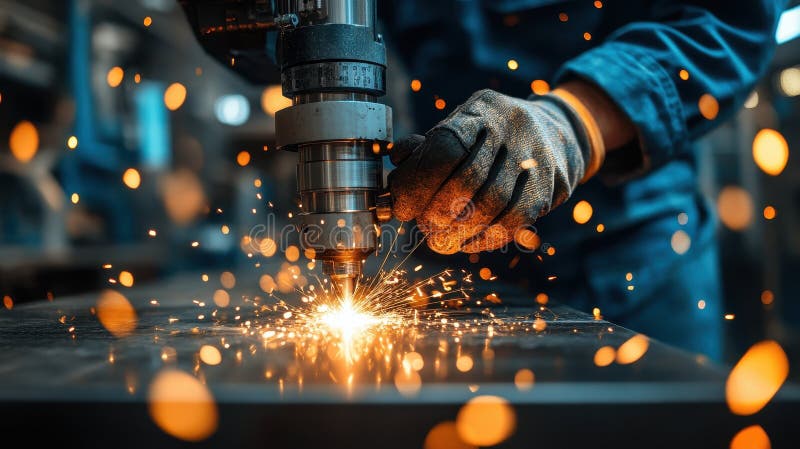In today’s fast-evolving industrial landscape, the advent of robotic arms in assembly has been a game-changer. These technological marvels have allowed businesses to optimize operations, enhancing both productivity and precision. Companies around the globe are now more competitive thanks to robotic arms that are integrating seamlessly into lean manufacturing environments.
The role of robotic arms is not just limited to heavy industries; their versatility has seen them burgeon in varied sectors, from electronics to automotive. Let’s delve into the fascinating world of robotic arms and their transformative impact on the assembly line.

The Rise of Robotic Arms in Manufacturing
From the early days of industrialization, humans have constantly sought ways to streamline production processes. The introduction of robotic arms in assembly has redefined how products are assembled, offering unmatched efficiency and precision. The ability to work round-the-clock without fatigue places these machines at a significant advantage over human counterparts.
Key Benefits of Using Robotic Arms
Increased Productivity
The inherent design of a robotic arm allows for continuous operation without breaks, which significantly boosts productivity. Their ability to work tirelessly translates to more output in less time, enabling industries to meet higher demands and tighter deadlines with ease.
Enhanced Precision and Quality
With the capability to accomplish tasks with pinpoint accuracy, robotic arms reduce the risk of errors frequently associated with manual labor. This precision not only ensures high-quality outcomes but also minimizes waste, aligning with sustainable practices as discussed in our carbon footprint reduction strategies.
Safety Improvements
Deploying robotic arms in hazardous environments minimizes risks associated with manual intervention in such settings. By taking over dangerous tasks, these robots play a pivotal role in maintaining safer workplaces.
Applications in Various Industries
Automotive Sector
A vital player in car manufacturing, robotic arms handle everything from welding to assembly, ensuring that each component fits perfectly. Their proficiency has greatly reduced production times, enhancing the overall efficiency of the automotive industry.
Electronics
The precision of robotic arms is unmatched in the small-scale, detailed work demanded by electronics assembly. From placing tiny chips to soldering, their application has eliminated human error, crucial in such a meticulous field. For more insights about advancements in electronics, visit our detailed post on electronics design trends.
Aerospace Industry
Robotic arms have made their mark in the aerospace sector by providing precise and reliable assembly of critical components. Their role ensures that each part meets the high standards required in this stringent industry.
The Future of Robotic Arms
The journey of robotic arms in assembly is just beginning. With advancements in AI and machine learning, these robots are evolving to handle more complex tasks autonomously. The collaboration between robotic arms and humans in supervised learning tasks opens new possibilities, making assembly lines more adaptable and responsive to demands.
Challenges and Considerations
Despite the myriad benefits, integrating robotic arms into existing assembly lines requires significant investment and strategic planning. Companies must consider the costs and training implications, ensuring a seamless transition that maximizes efficiency without disruption.
Conclusion
The incorporation of robotic arms in assembly outlines a future where enhanced productivity and precision become standard. By understanding the advantages and challenges, industries can better position themselves to embrace this revolutionary change with confidence and optimism, fostering growth and innovation across sectors.

FAQs
What are robotic arms used for in assembly?
Robotic arms are primarily employed for tasks like product assembly, welding, painting, and quality inspection. Their versatility ensures they can perform various roles across different industries.
How do robotic arms improve production lines?
By enhancing precision, increasing speed, and reducing errors, robotic arms significantly improve the efficiency of production lines. They help meet high production demands while maintaining quality standards.
Are there any drawbacks to using robotic arms?
While robotic arms offer many benefits, they require a substantial initial investment and ongoing maintenance. Moreover, they necessitate training for operators to handle the systems effectively.


